Fort Perch & Rock Light
Jan 2020: The Museum is
currently closed indefinitely due to a major drainage problem. no date
hass been set for a reopening.
| Started in 8th
June 1827. The work could only be carried out during the summer months being
eventually completed on 1st March 1830, costing £27500. Made of Anglesey
granite, each piece is cut to precise dimensions. Each piece dovetailed into
each other. The whole of the outer walls were painted in "puzzellani", a
volcanic material from Mount Etna. In time this becomes harder that the stone it
is painted upon. Fort Perch Rock has stood on a natural outcrop of sandstone on New Brighton beach for nearly 200 years yet many people know very little about this coastal defence battery. New Brighton has only existed as a town since 1830 when James Atherton first laid out the resort that he hoped would rival its southern namesake. Before the construction of New Brighton, the area was just a desolate piece of rocky and sandy foreshore leading up to fields belonging to the village of Liscard. However, close to this coastline was the Rock Channel through which all ships had to pass to enter the Port of Liverpool. In times of war this was the ideal place to erect temporary forts and batteries of cannon to protect Liverpool. Throughout the 18th century whenever England was at war batteries of cannon would be brought to the area and located on the Red Noses and on a site where Victoria Road now stands. During the Napoleonic wars, Liverpool merchants began to lobby for more permanent defences to guard Liverpool from attack. However, after the defeat of Napoleon's fleet at Trafalgar in 1805 fears subsided and nothing was done. It was not until the 1803 that the first plans for a fort were drawn up. Captain Kitson came up with plans to build a sandstone fort below the high tide level on the rocky outcrop known as the Perch Rock. The name Perch Rock came from a wooden perch built in the 1690s to warn passing ships of the danger of the sandstone rocks in their proximity. Work on the Fort was started early in 1826 and on 31st March that year the foundation stone was laid. The Fort was built of sandstone, the foundations were of local stone quarried at the Captain's Pit and on a site we now know as the Tower Grounds. The rest of the stone came from Runcorn and was brought down the river on barges. Completed in 1829; Fort Perch Rock opened on 30th April 1830 and had cost £26,965 Os. 8d. to build. The Fort was armed with sixteen 32lb. cannon which fired out to sea and two 18lb. cannon which could be used to defend the Fort from attack from the land. These cannons fired round balls of iron and used gunpowder. To store the gunpowder and ball a magazine was located in the Fort. There was also accommodation for 100 men in time of war. Throughout the 19th century the guns were continually improved in 1861, 68lb. cannon with a range of 3170 yards were installed mounted on granite sets which can still be seen inside the Fort today. By the 1890s the Forts muzzle loading cannon were obsolete and were due for replacement. Before more modern longer ranging guns could be installed the Fort had to be remodelled. This work took place between 1894 and 1899 and included the filling in of the parade ground the installation of three mounted 6 inch guns and an observation and firing post constructed on the east tower. A large electric light was also fitted which could beam out across the estuary. The walls facing out to sea were lowered by 15 ft. giving the Fort the appearance it has today. In all of its military history Fort Perch Rock was never called upon to fire a shot in anger but a few incidents did occur. At the beginning of the First World War a Norwegian vessel which had been at sea when hostilities started did not identify itself when asked to do so by the Fort. A warning shot was fired across its bow, the shot landed on Hightown sandhills. Another shot was fired, which hit the bow of an anchored liner. The ship was eventually identified as not hostile, the Captain did not know that a war had started and thought that the fort was merely practicing. The shot that landed on the beach at Hightown was returned to the Fort and put on display with the inscription 'A Present From New Brighton.' The medical officer at Fort Perch was Dr JW Lloyd, the father of politican Selwyn Lloyd. The Commander of the Fort in World War II, Colonel C.J. Cocks claimed to have fired the first British shot of the War from Fort Perch Rock. A small fishing smack under sail in the Rock Channel could not be identified fifteen minutes after the War had started. A shot was fired at the boat causing panic to its crew. Luckily it was identified as friendly in time and allowed to sail into the estuary. Where it was questioned at New Brighton pier. |
|
| A common occurrence when the guns were fired at Fort Perch Rock was for the windows in shops in Victoria Road to shatter. This was because Victoria Road is on the same rock strata as the Fort and vibrations carried through. The Second World War proved the end for coastal defence batteries as air power had taken over from sea power. In 1957 the War Department put the Fort up for sale. It was eventually bought by local business men T. Mann and T. Kershaw for £4,000 which is less than it cost to build in 1830. The Fort is currently owned by Norman Kingham and is open to the public throughout the summer and at weekends - It is well worth a visit and includes interesting artefacts such as a four seater toilet! The remains of a P47 Thunderbolt, which crashed on Arrowebrook, Moreton, in 1944 are also there. See HERE on my ww2 site. | |
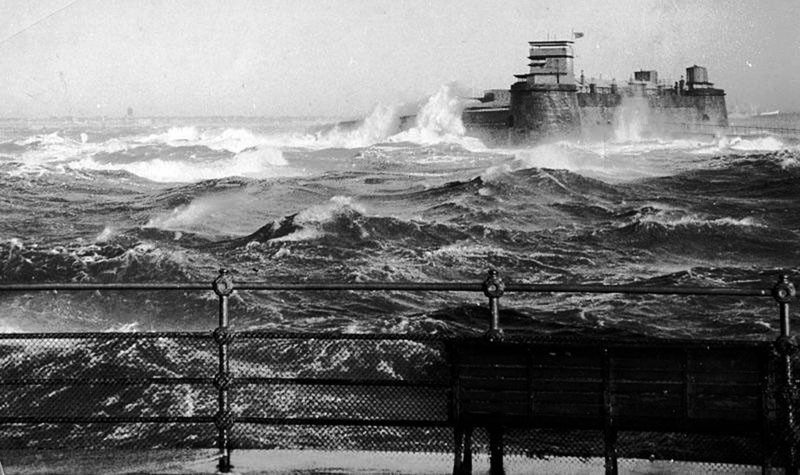 |
|
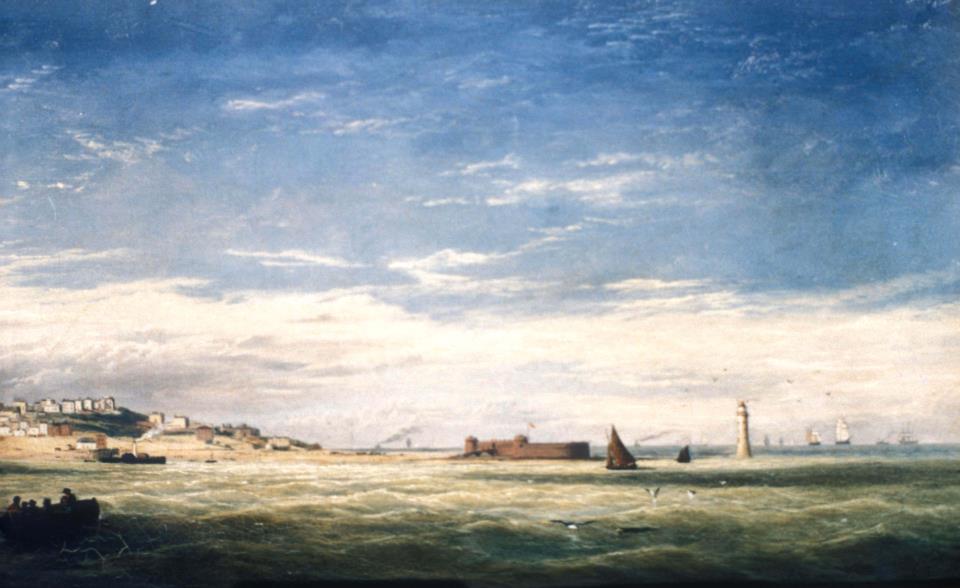 1855 |
|
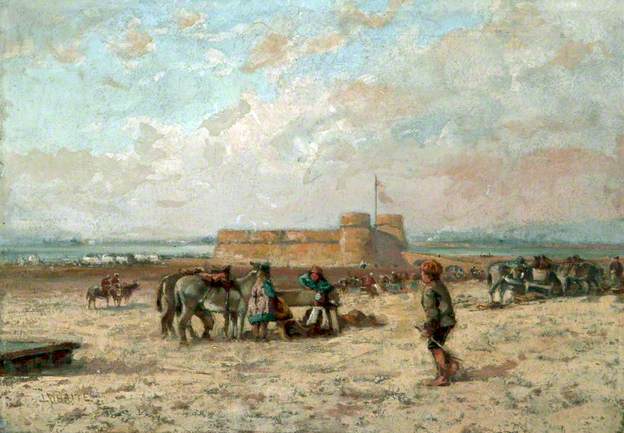 |
|
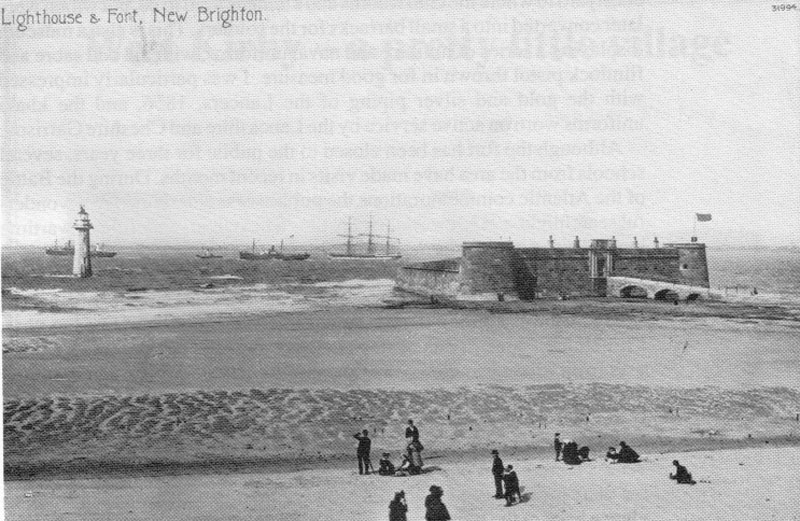 1900 |
|
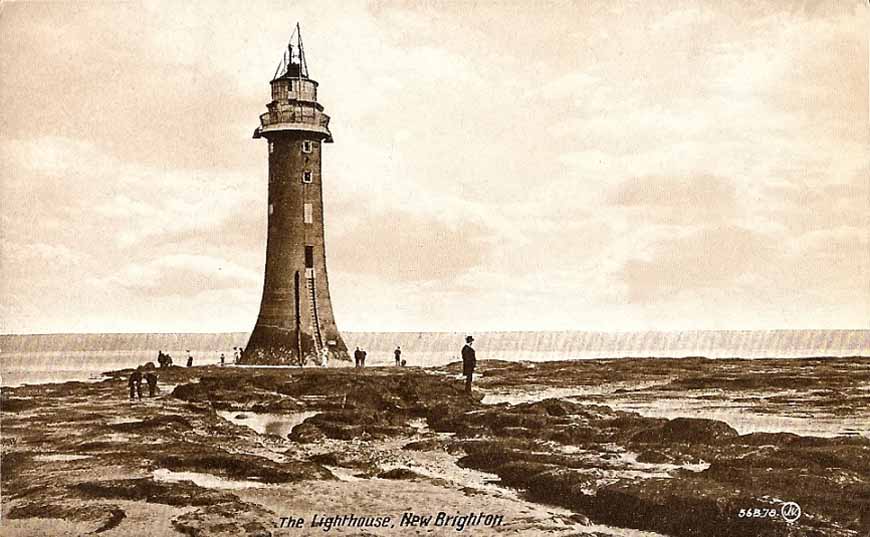 |
|
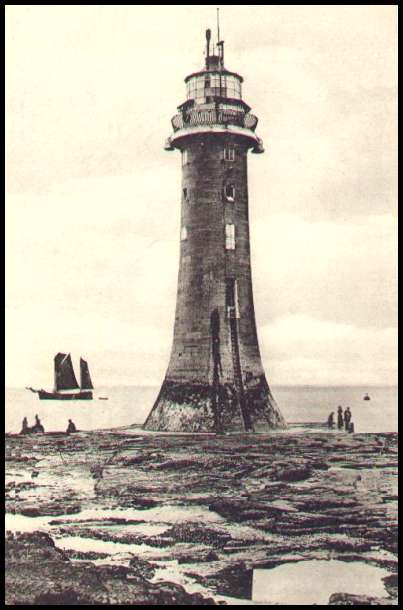 |
|
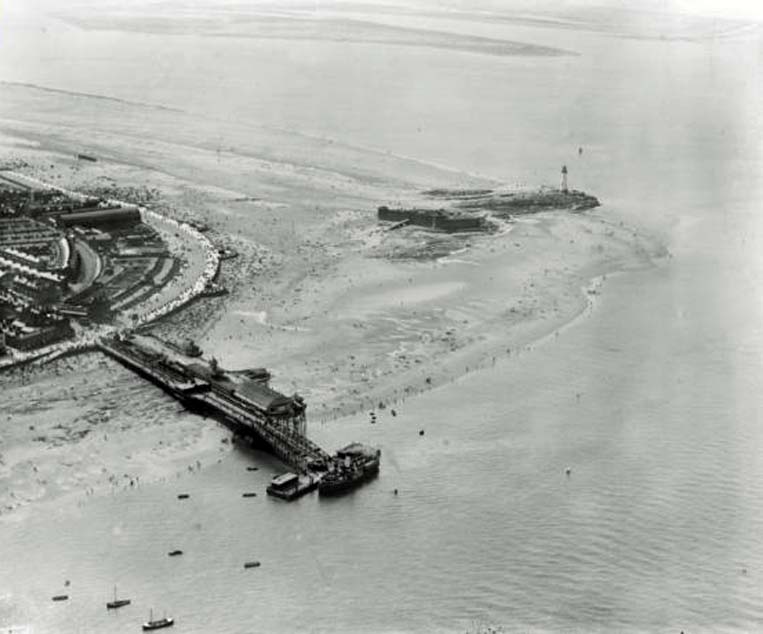 |
|
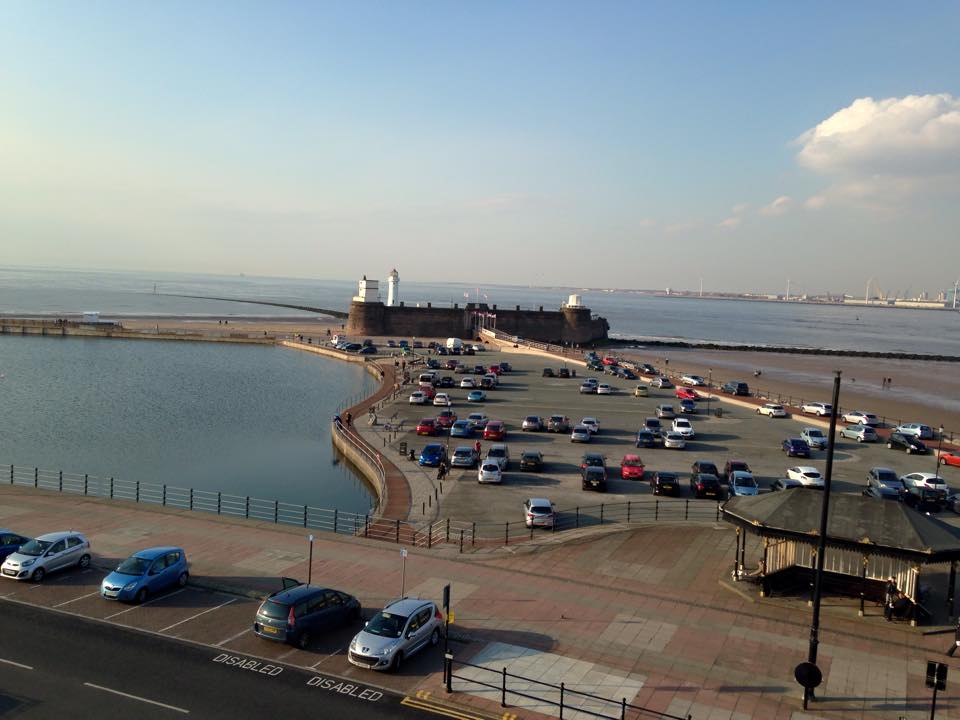 2015 |
|
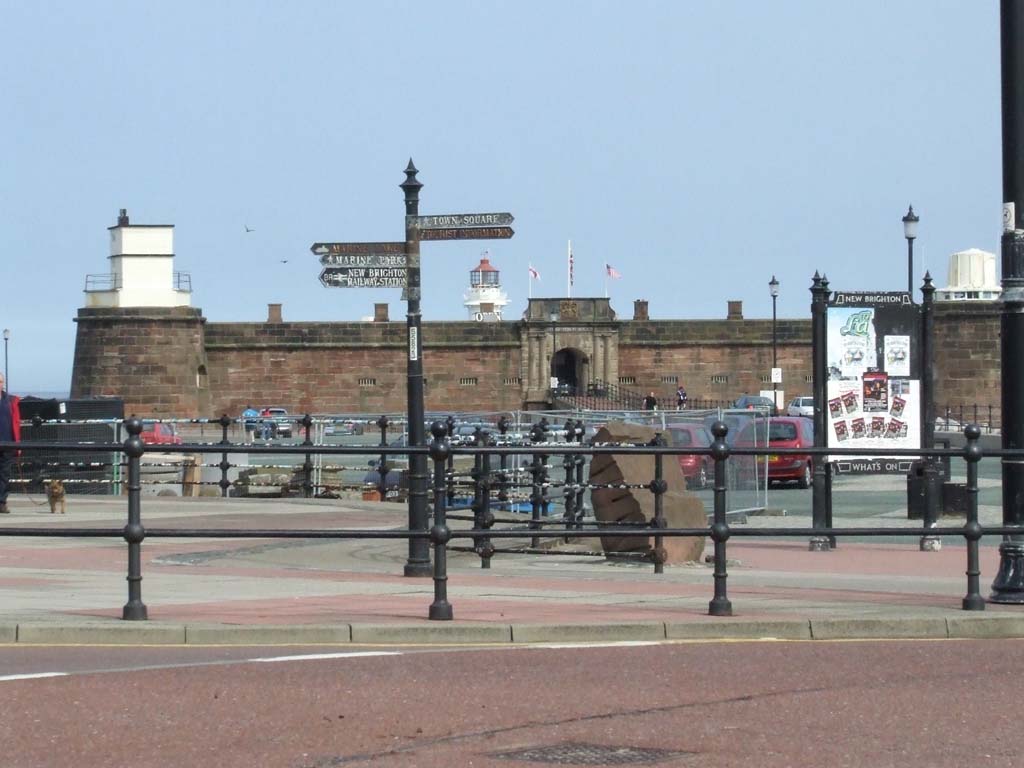 |
|
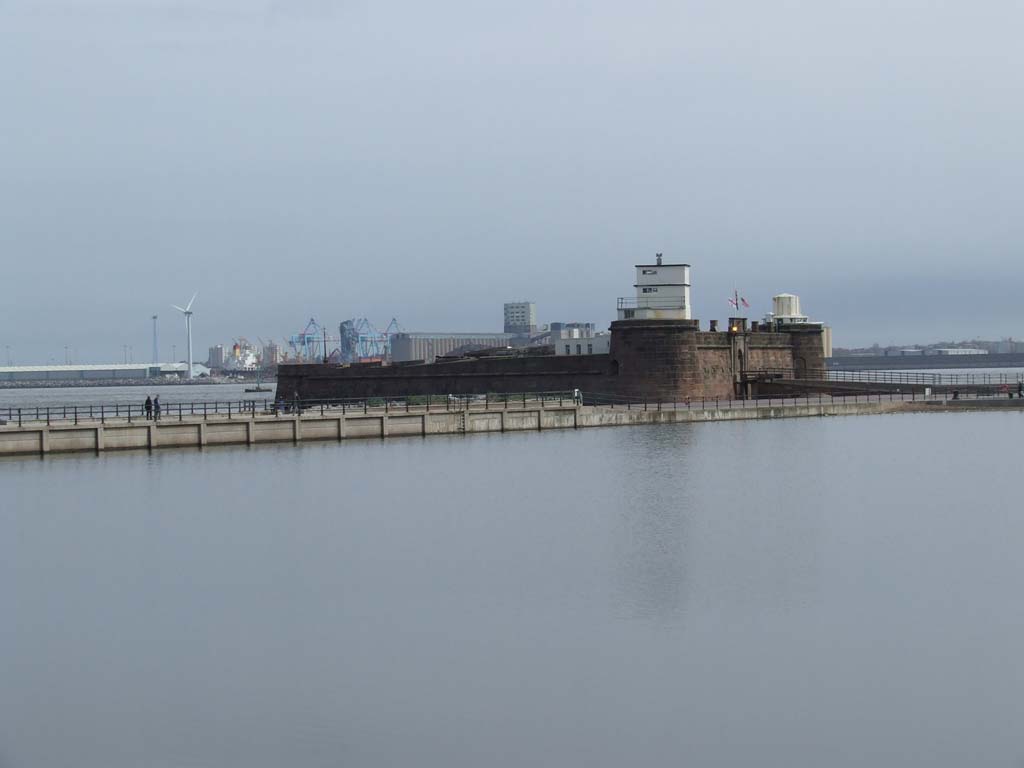 |
|
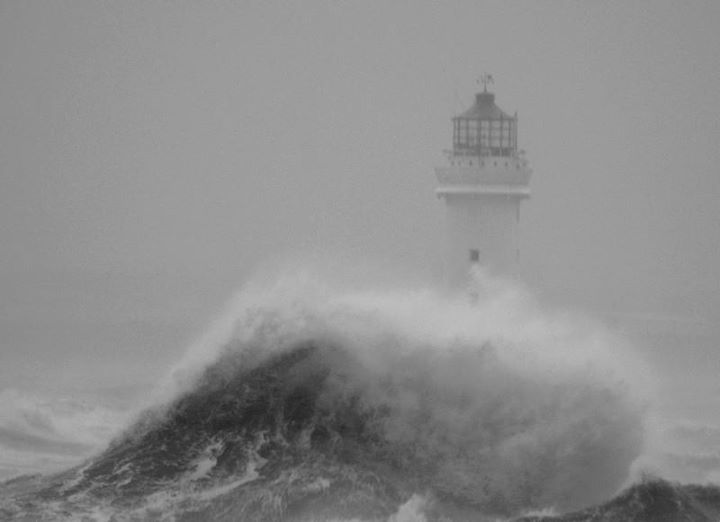 |
|
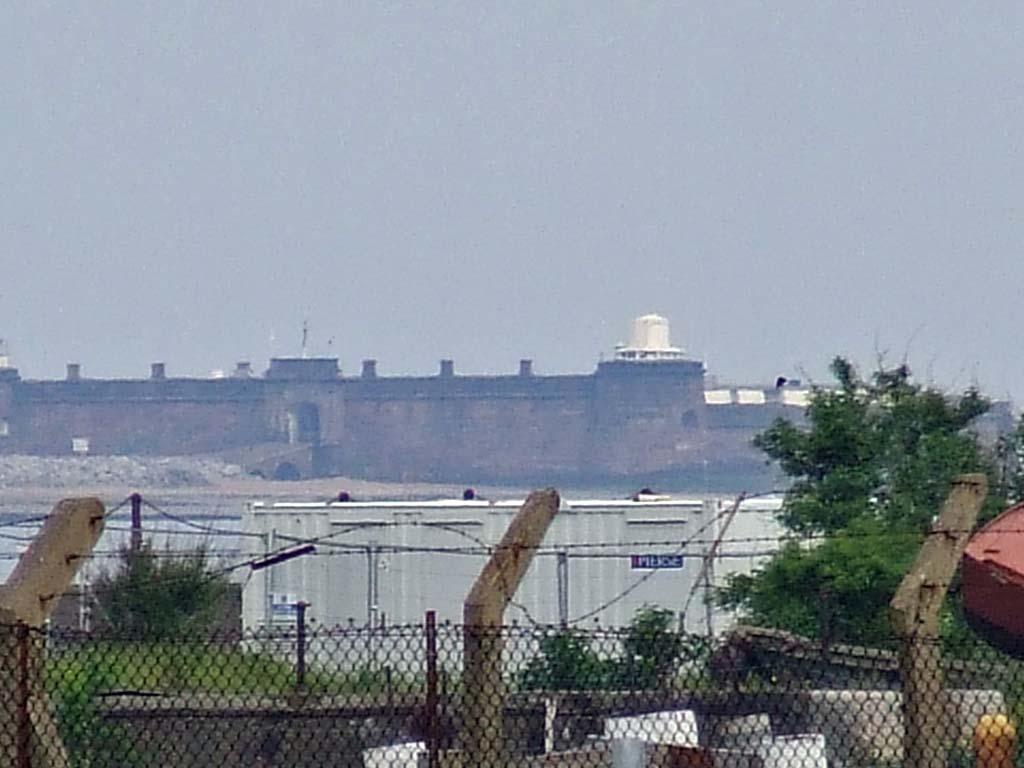 I took this above from Liverpools Dock Road |
|
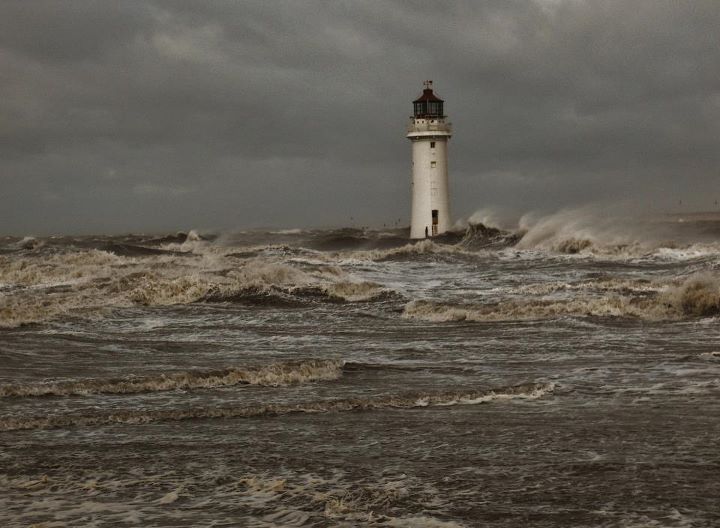 |
|
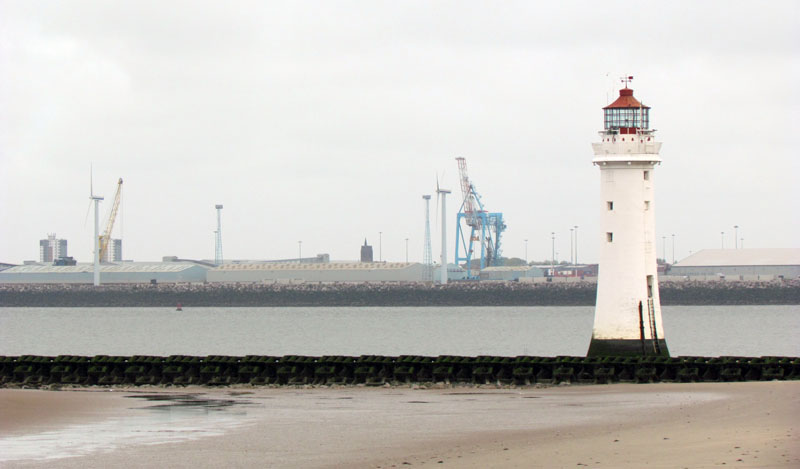 |
|
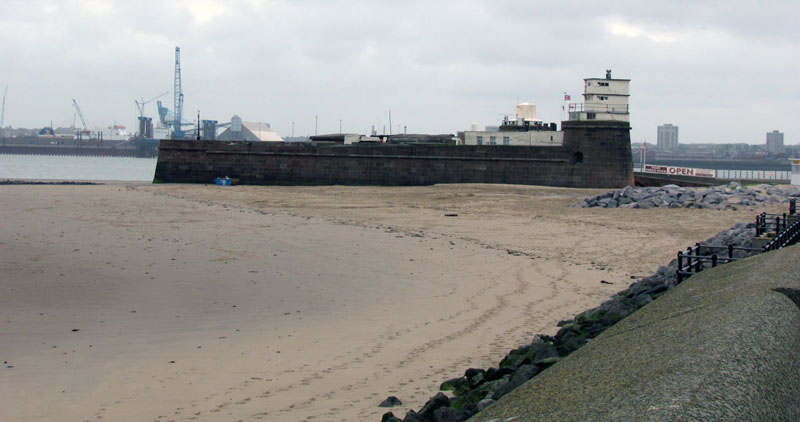 |
|
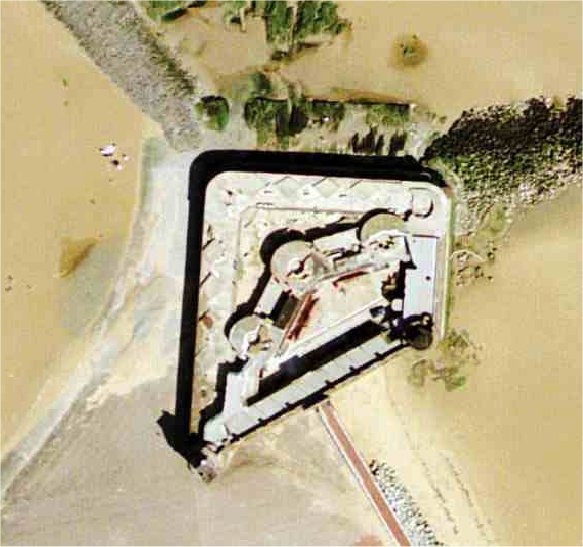 |
|
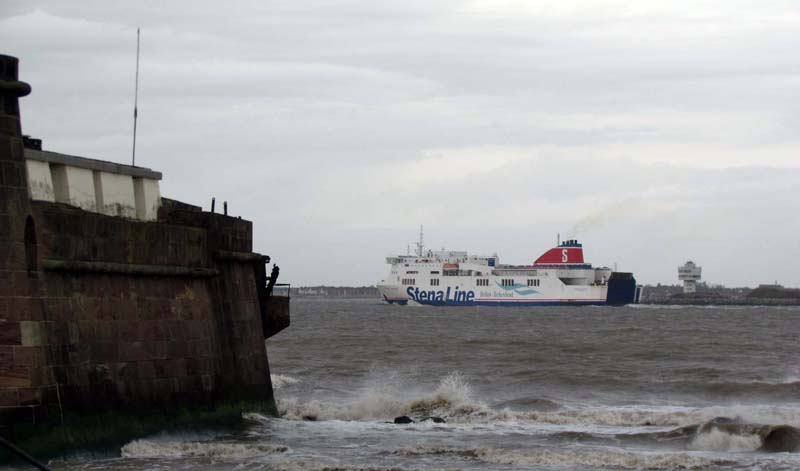 |
|
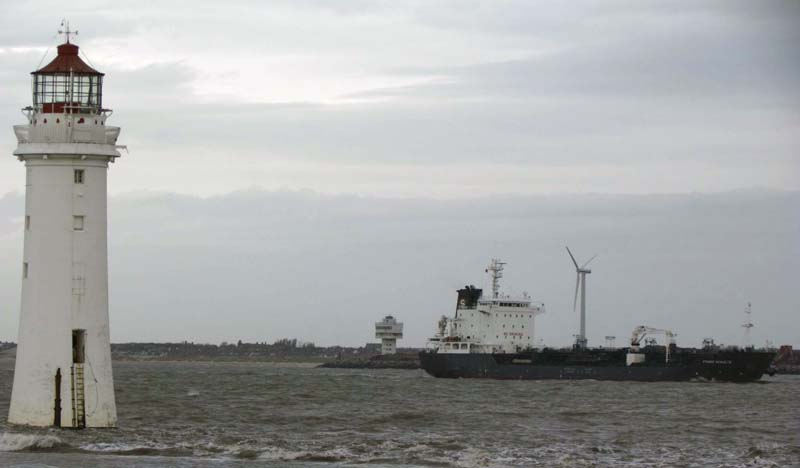 |
|
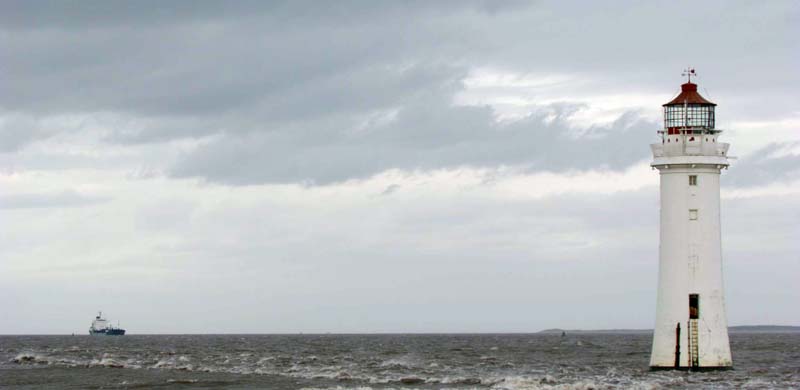 |
|
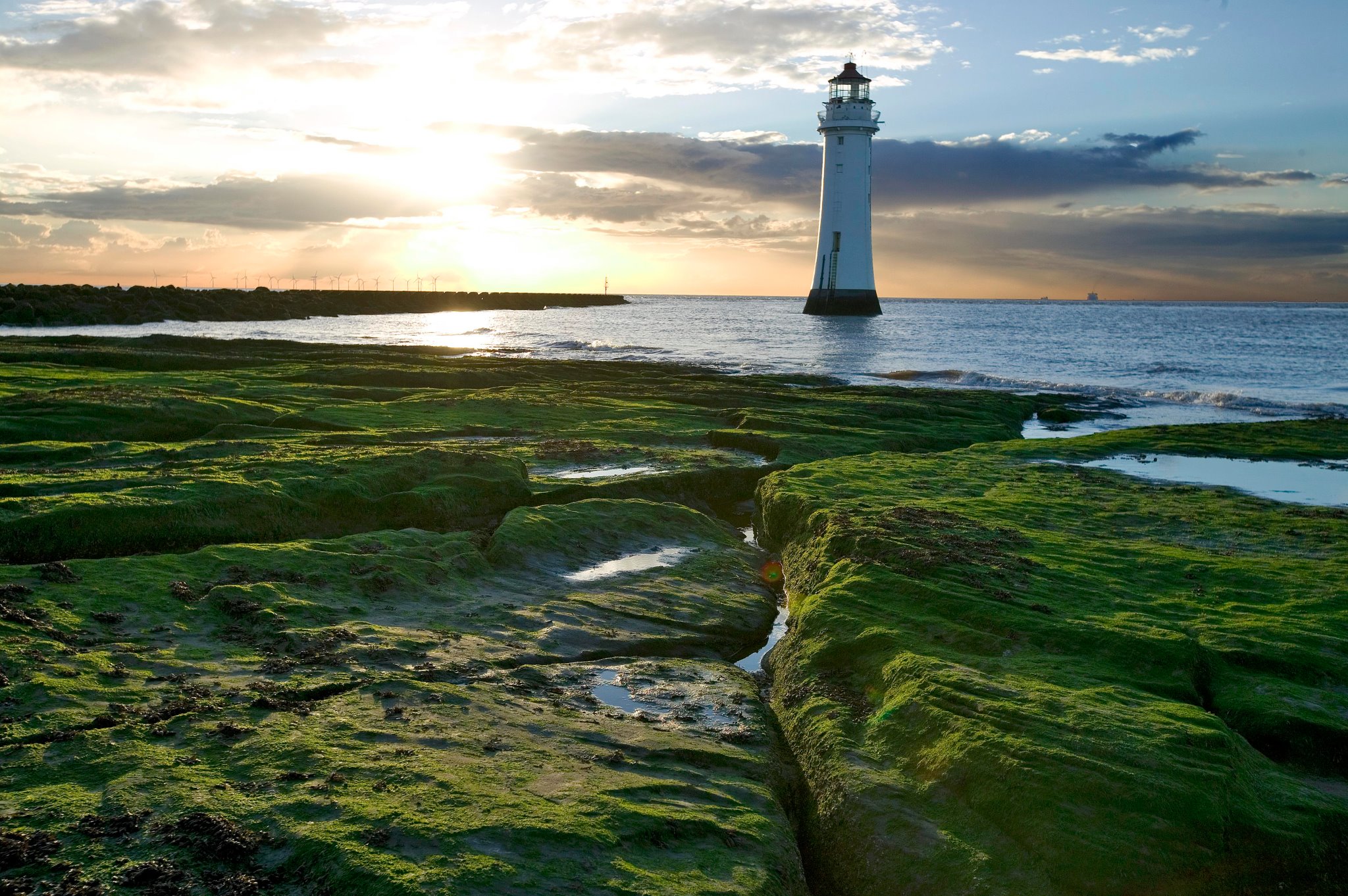 This image by Richard Littler |
|
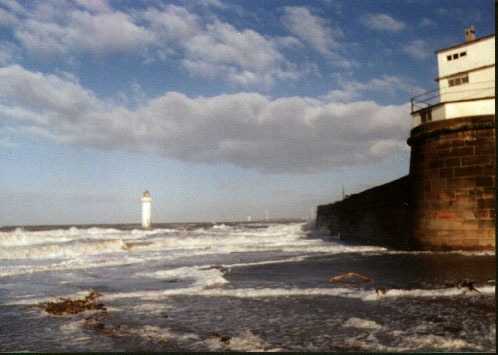 |
|
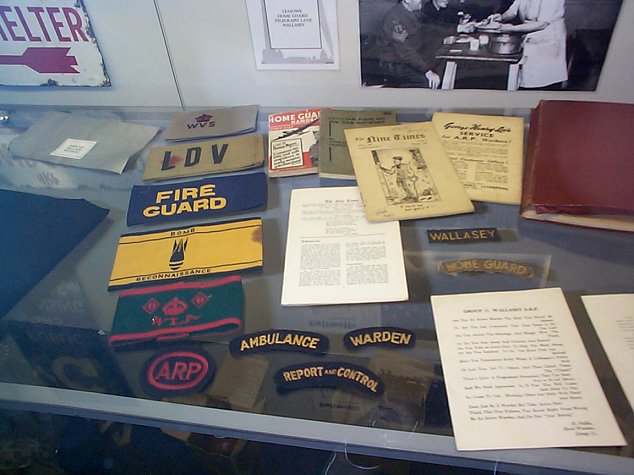 Perch Rock memorabilia |
|
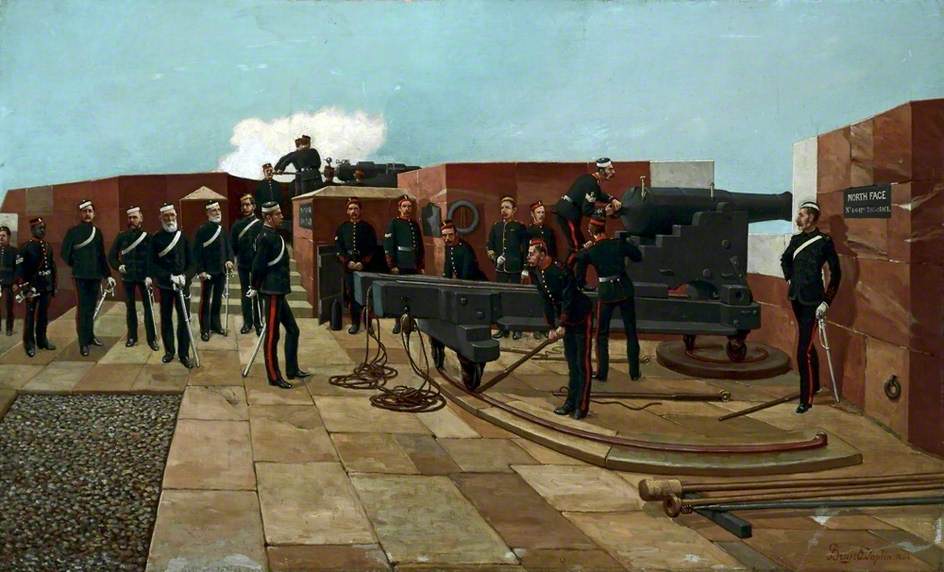 Gun practice |
|
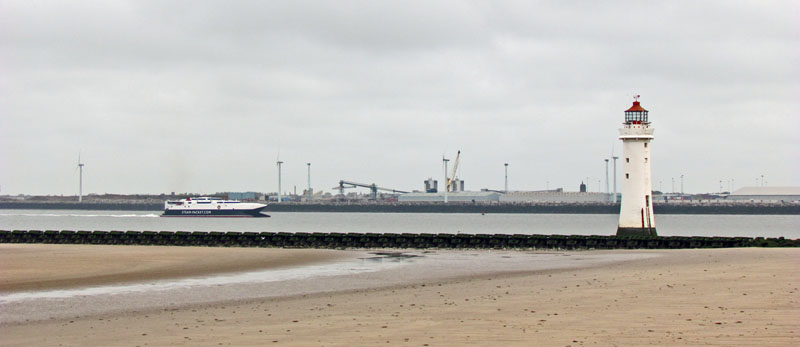 |
|
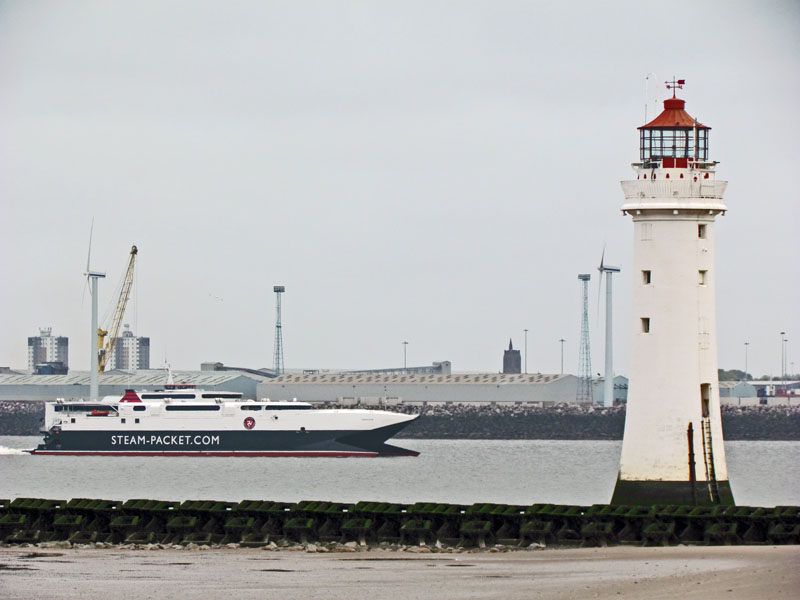 |
|
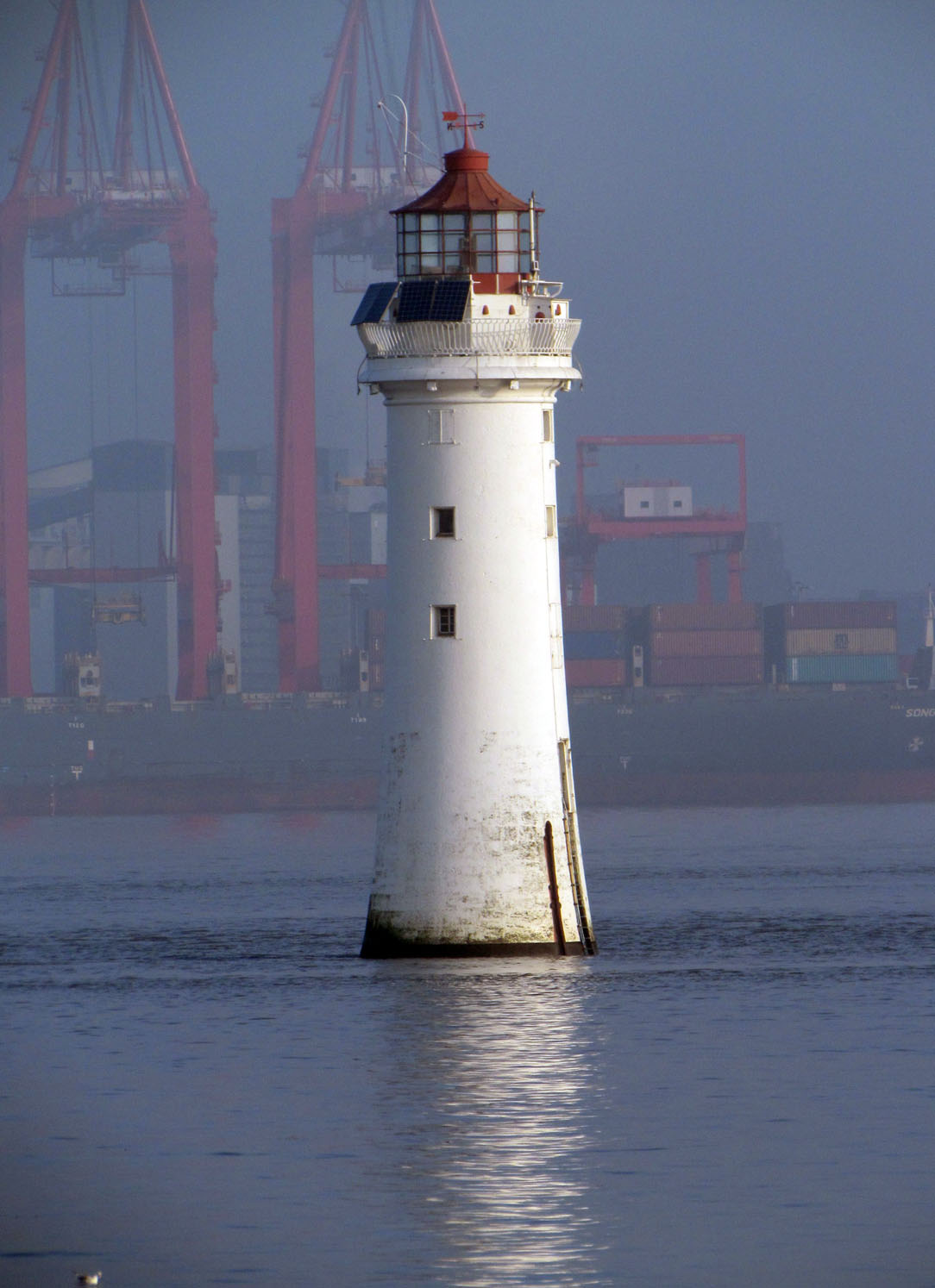 |
|
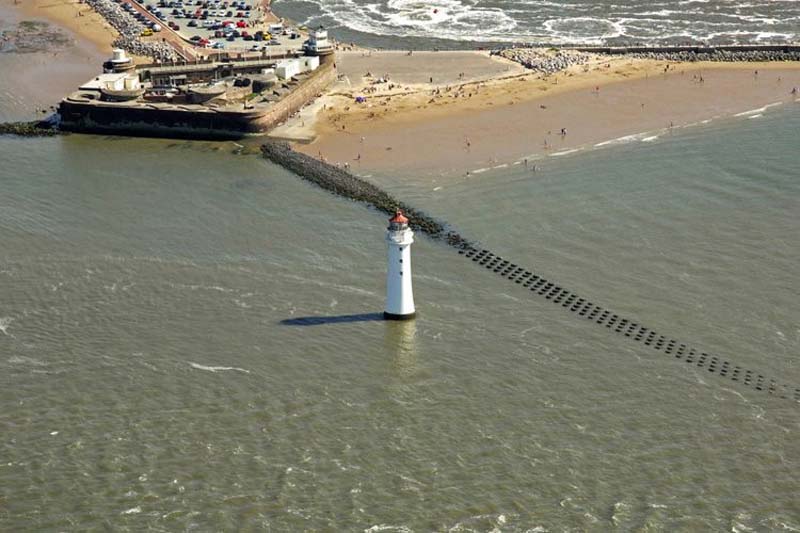 |
|
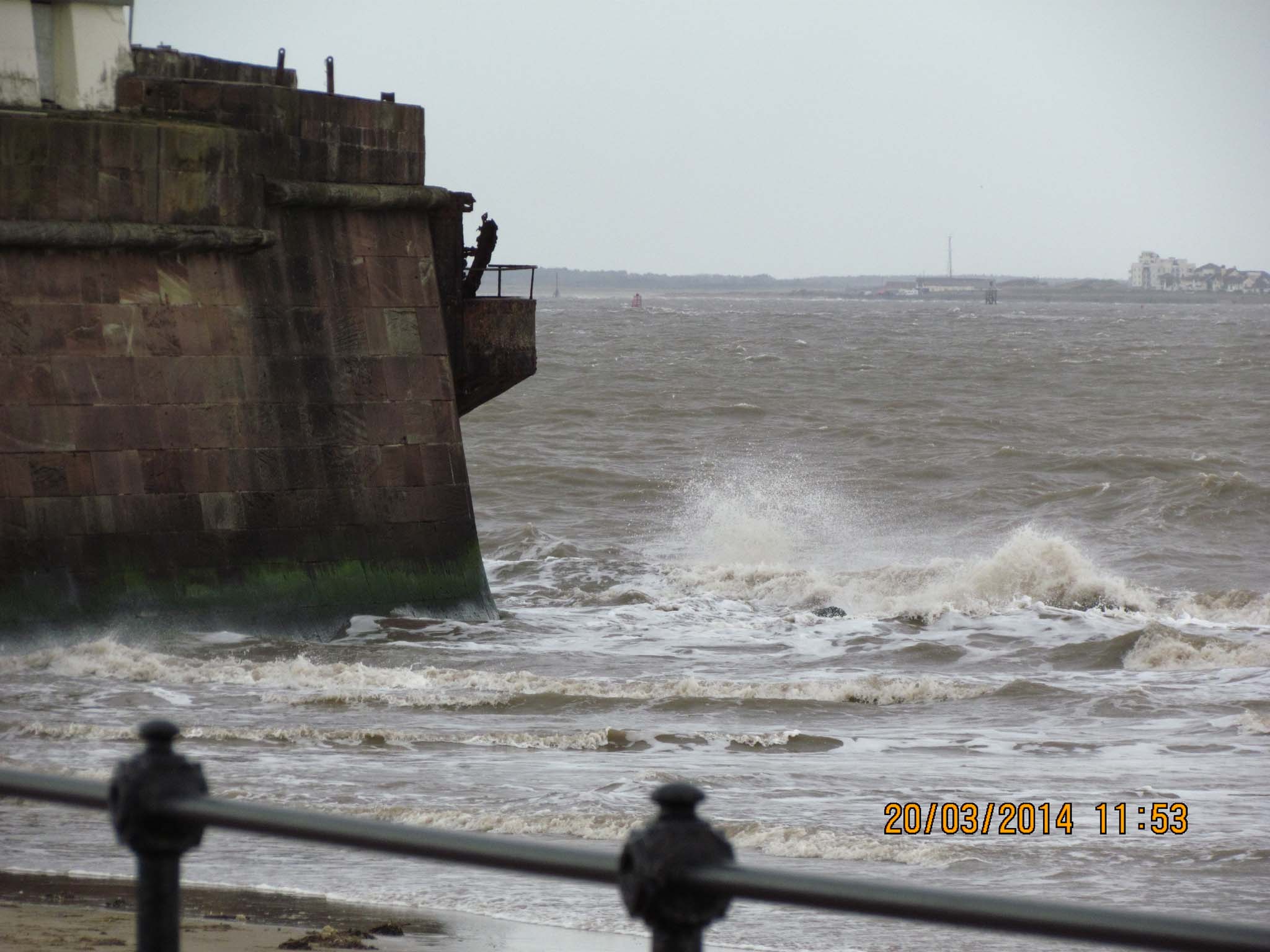 |
|
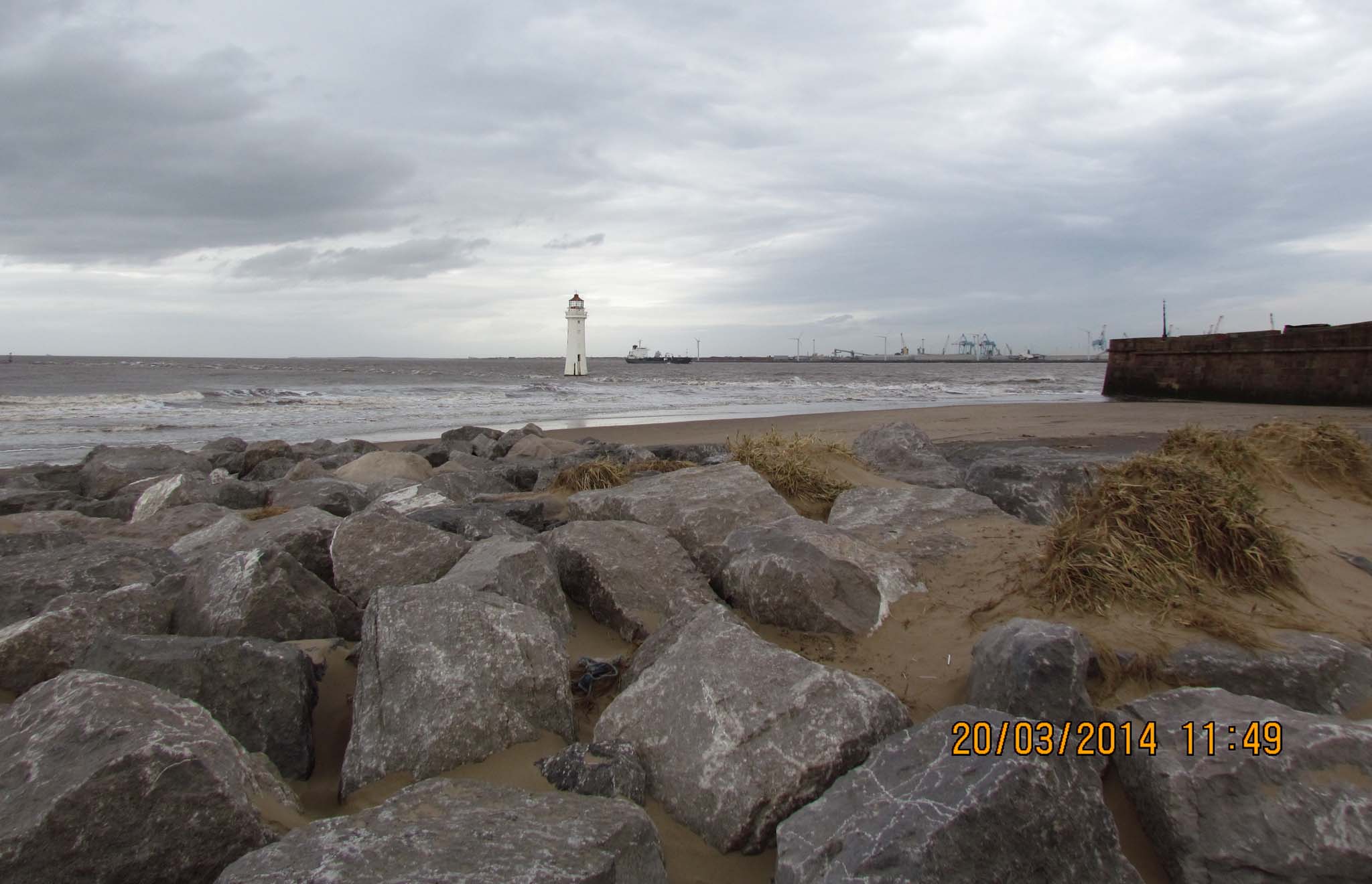 |
|
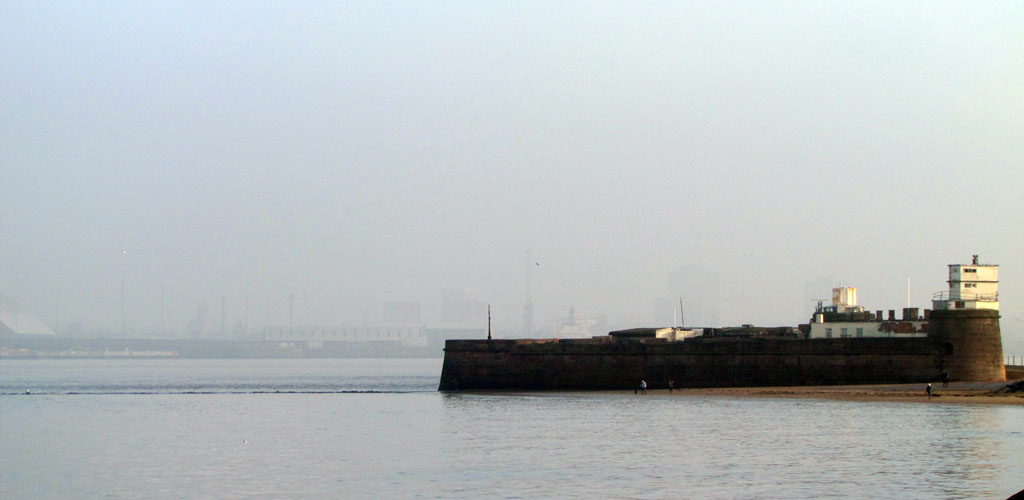 |
|
 |
|
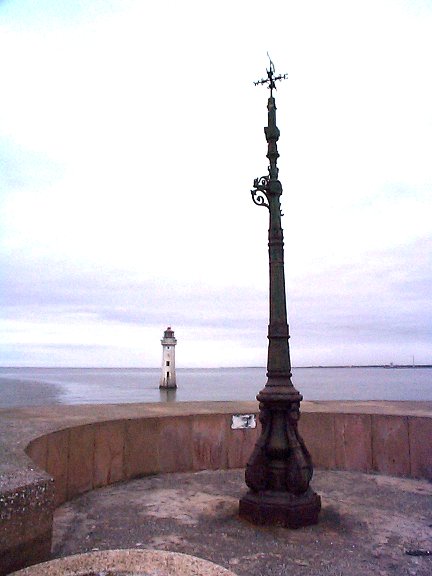 |
|
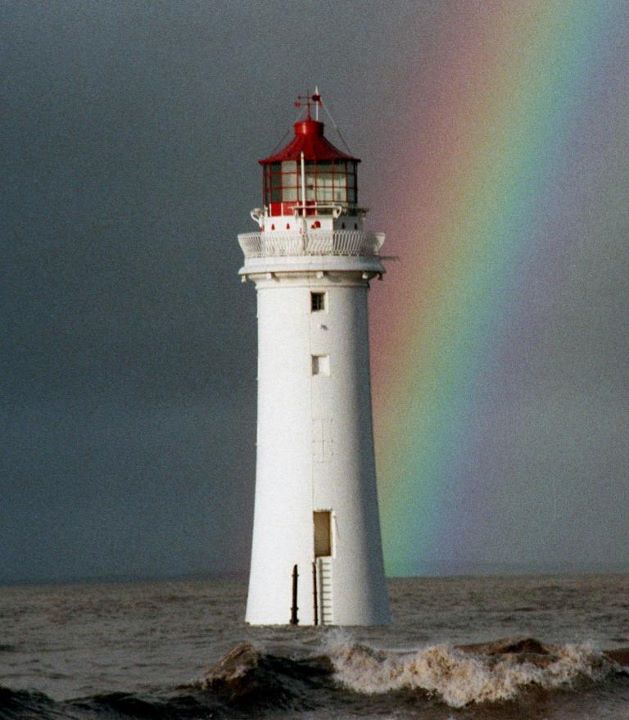 |
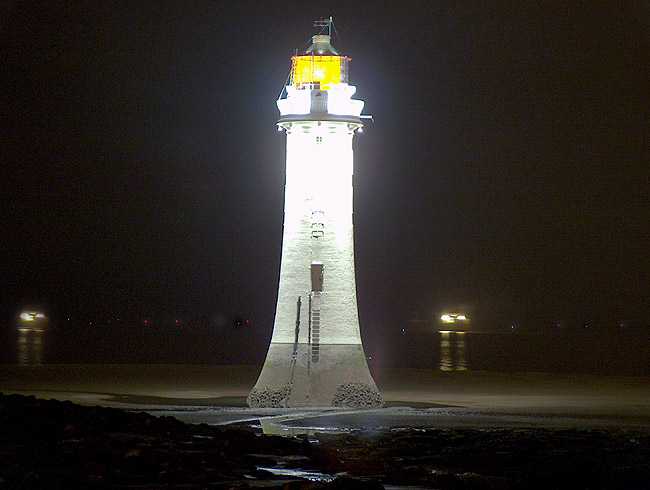 |
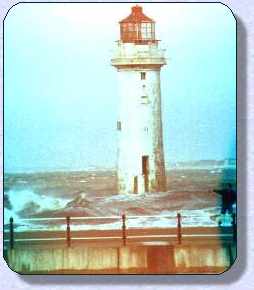 |
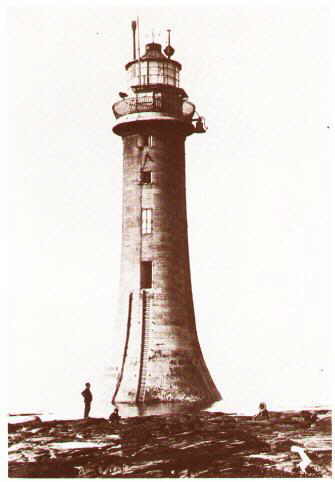 |
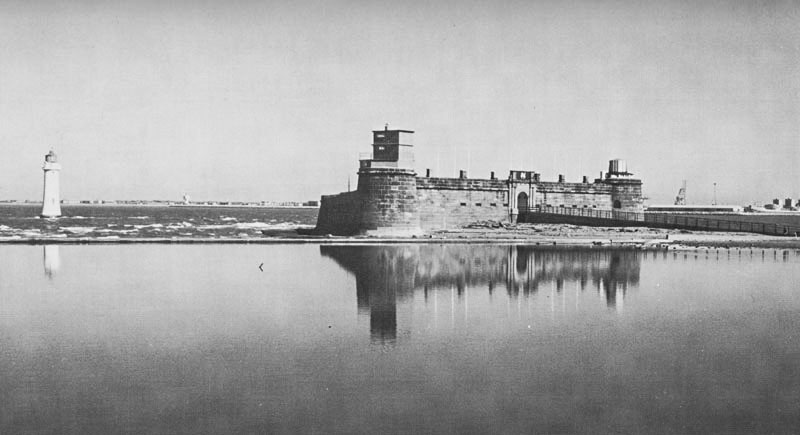 |
|
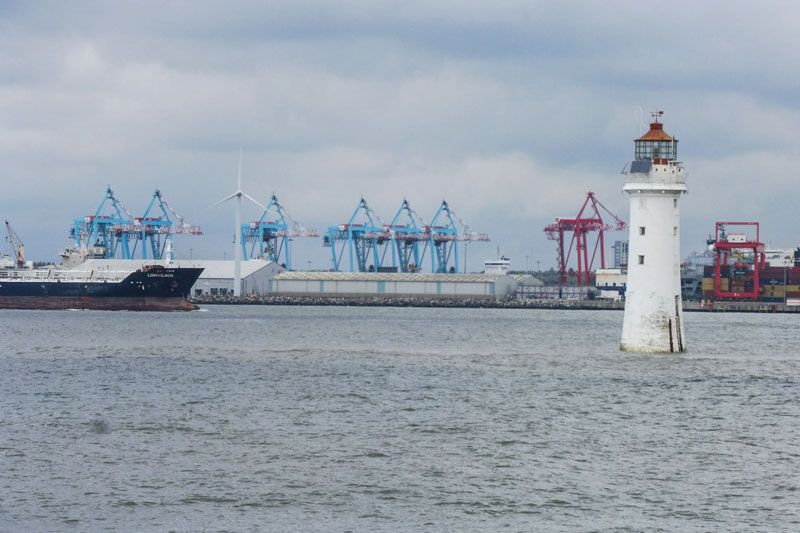 May 1 2022 |
|
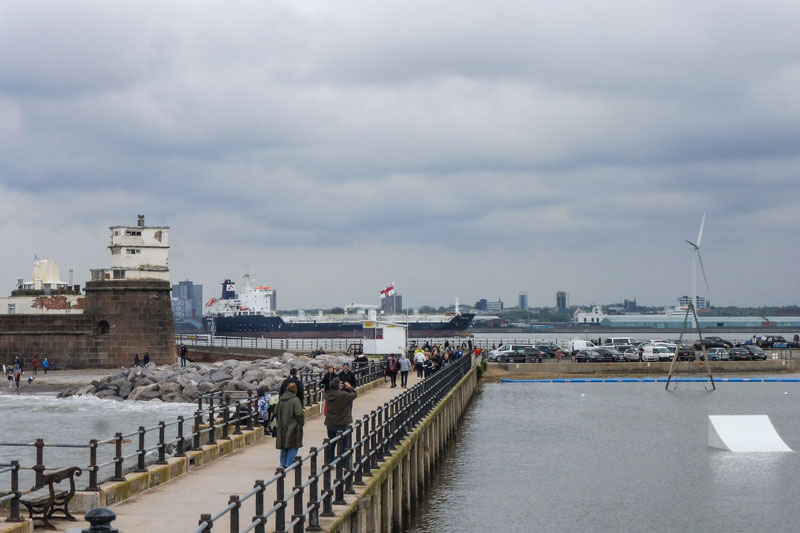 |
|
 |
|
 |
|
|
|
|